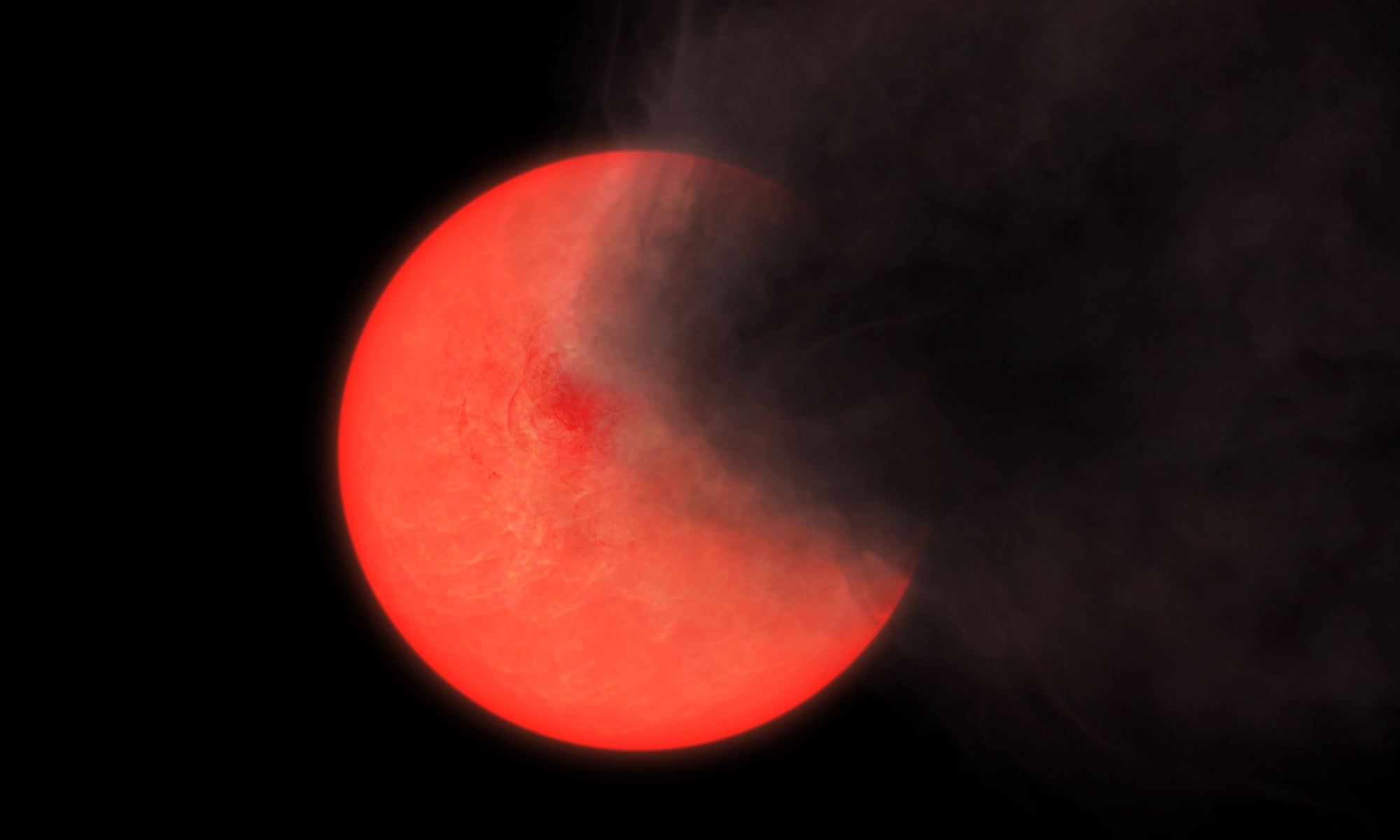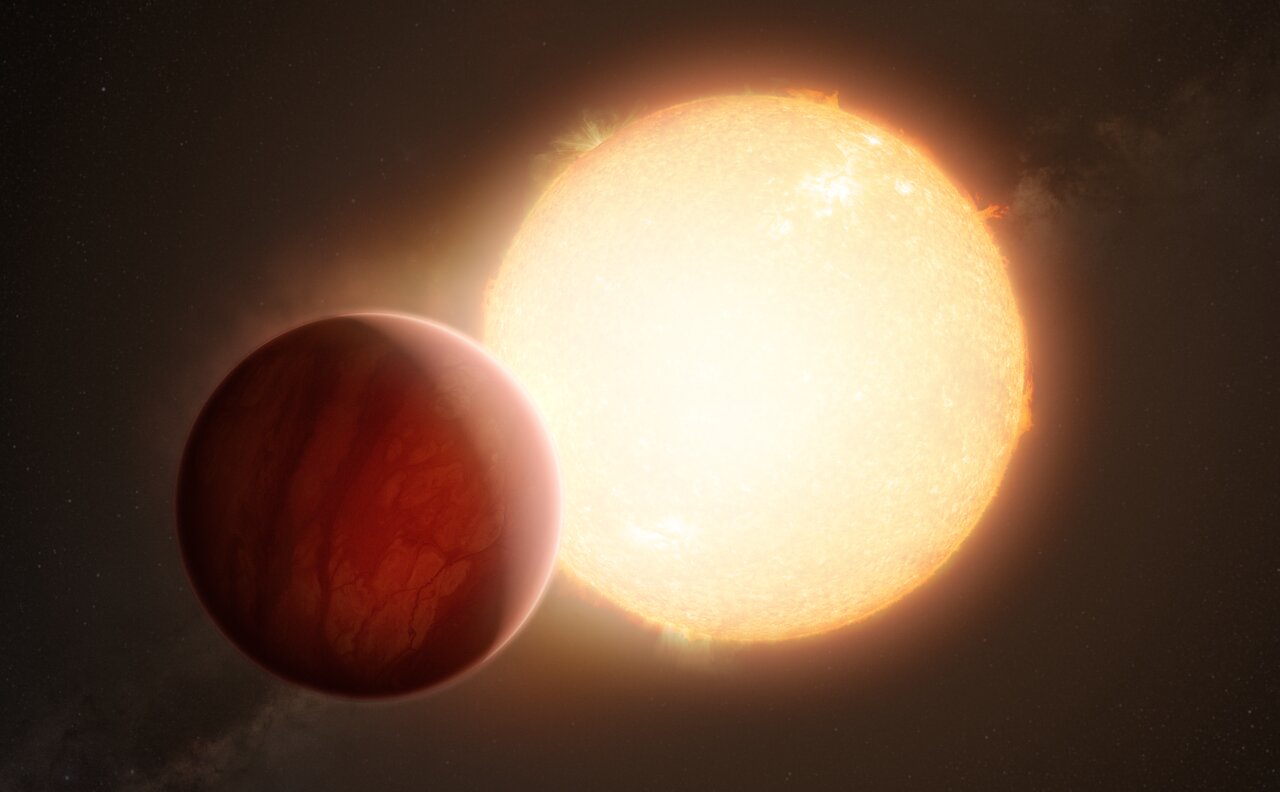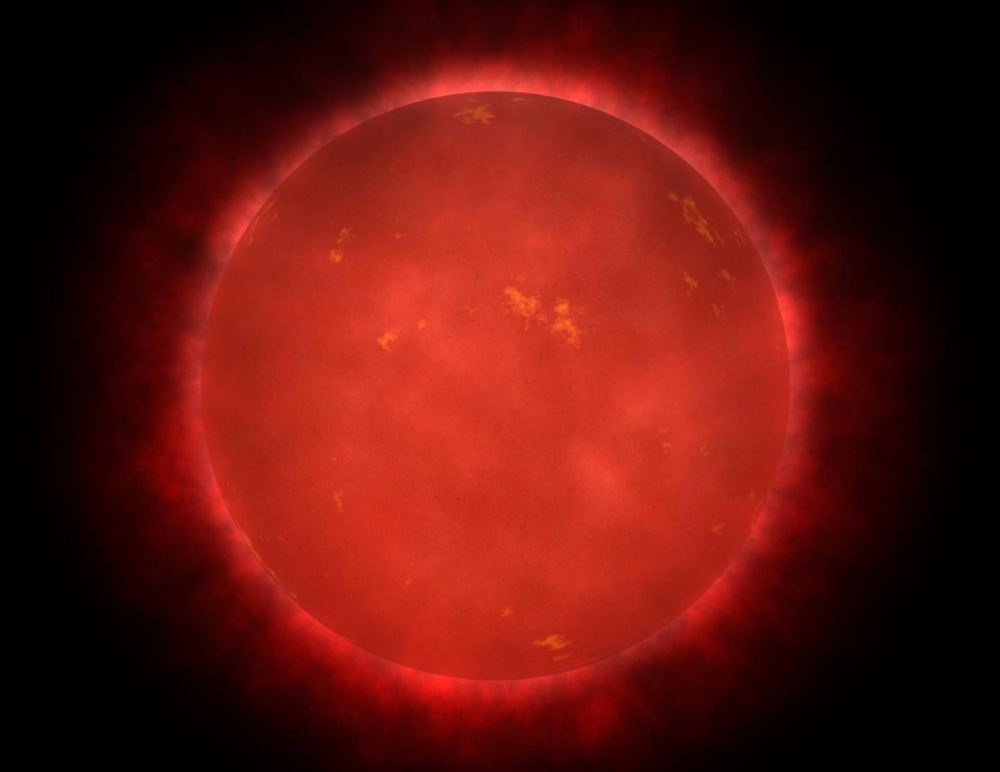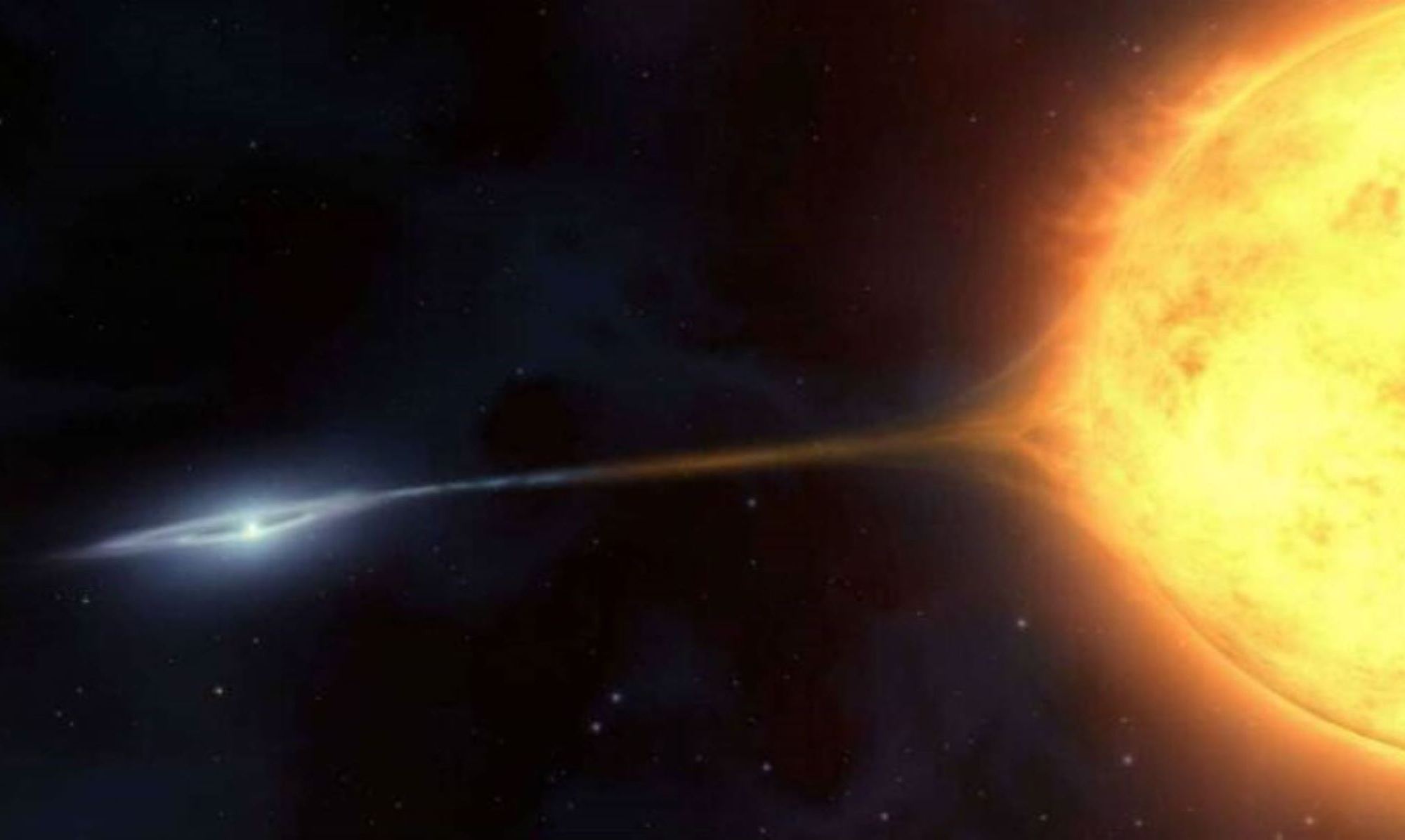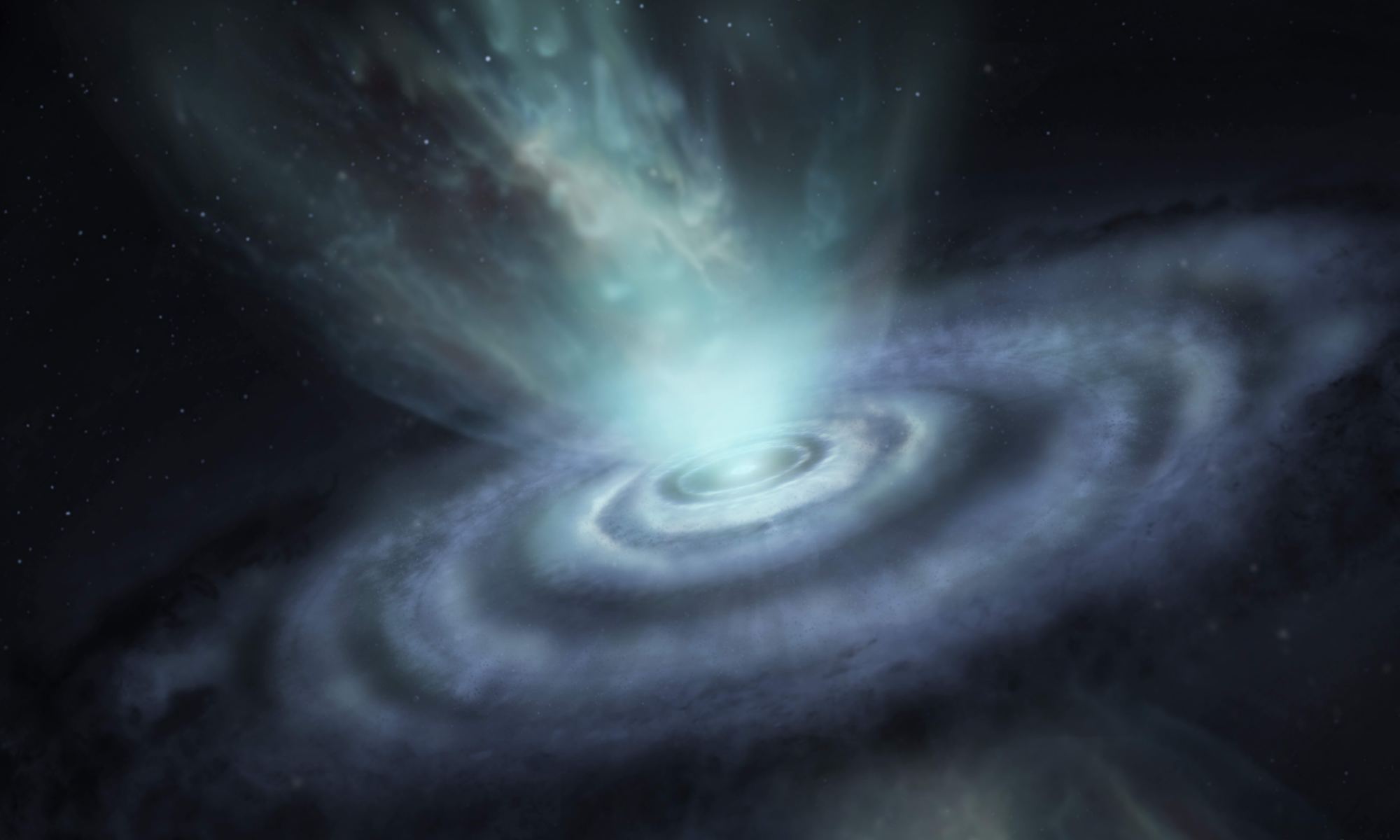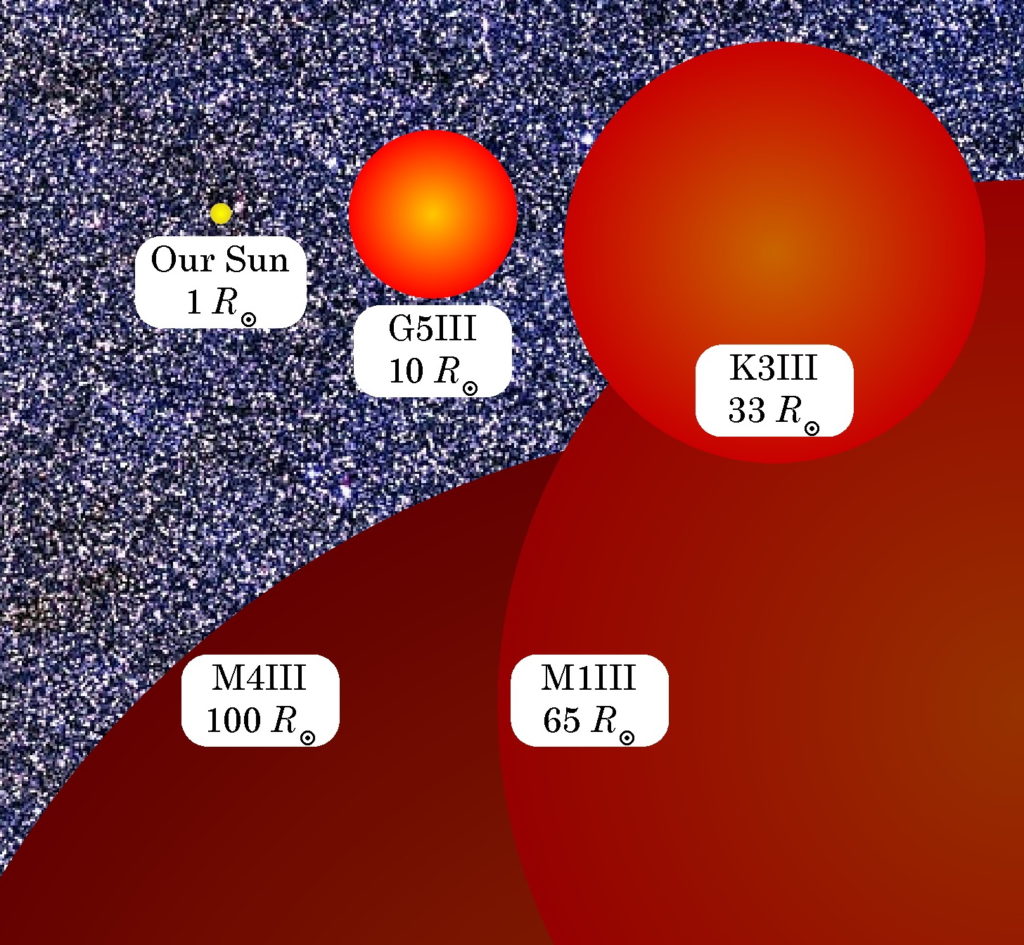In the early days of telescopic astronomy, you could only focus on one small region of the sky at a time. Careful observations had to be done by hand, and so much of the breakthrough work centered around a particular object in the sky. A nebula or galaxy, quasar or pulsar. But over the years we’ve been able to build telescopes capable of capturing a wide patch of sky all at once, and with automation, we can now map the entire sky. Early sky surveys took years to complete, but many modern sky surveys can look for changes on the order of weeks or days. This ability to watch for changes across the sky is changing the way we do astronomy, and it is beginning to yield some interesting results. As a case in point, an infrared sky survey is revealing hidden stars we hadn’t noticed before.
Continue reading “New Types of Hidden Stars Seen for the First Time”New Types of Hidden Stars Seen for the First Time
